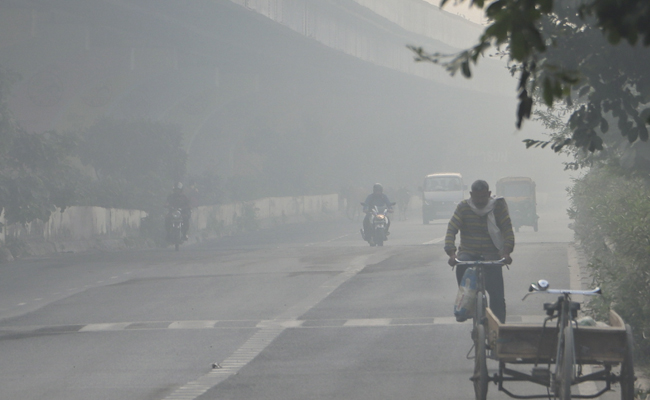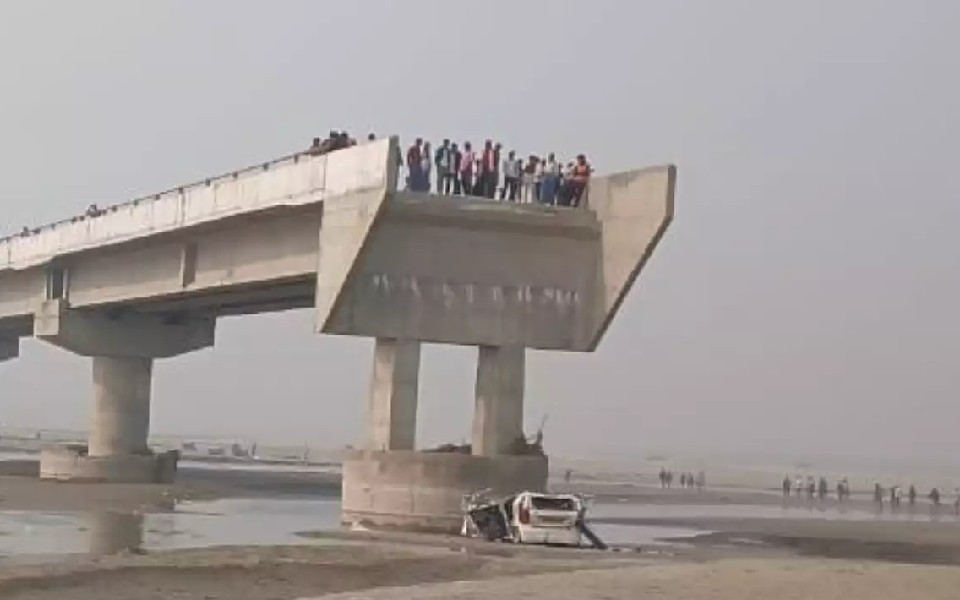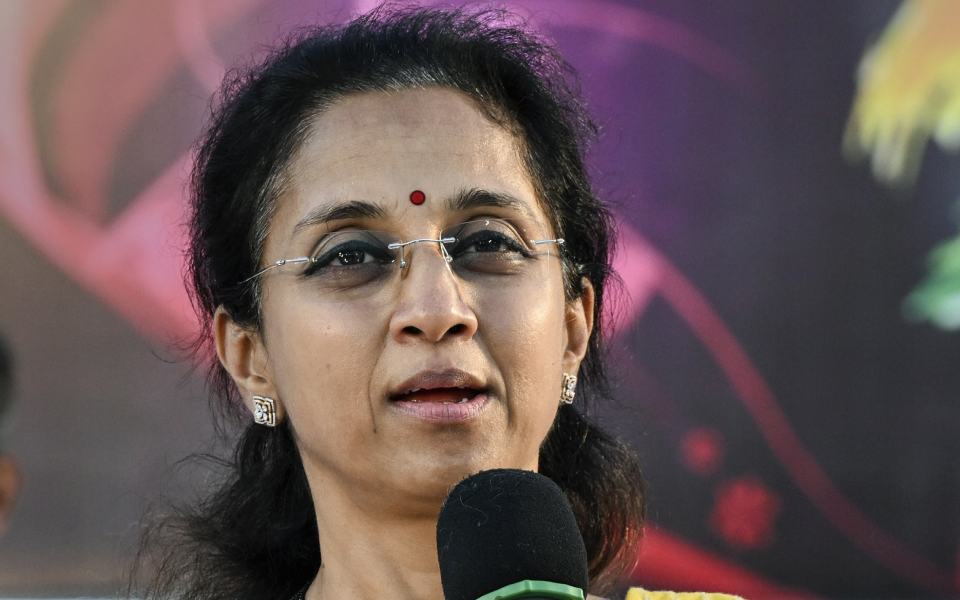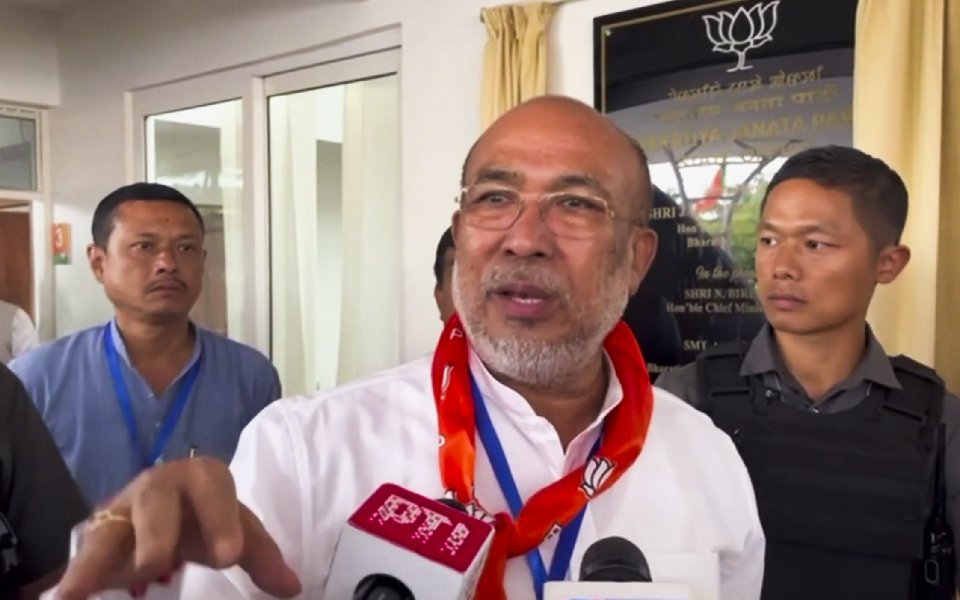New Delhi (PTI): Delhi's air quality remained "very poor" on Thursday, the morning of Diwali.
The Air Quality Index was 330 at 9 am and is expected to deteriorate further towards the evening as festivities take on.
Delhiites woke up Thursday to a sky shrouded in a thick layer of smog. The air in Anand Vihar, a major terminus, was especially polluted with AQI in the "severe" category.
Thirty-eight monitoring stations showed that air was in a "very poor" category across the city.
The 24-hour average air quality index on Wednesday stood at 307.
An AQI between zero and 50 is considered 'good', 51 and 100 'satisfactory', 101 and 200 'moderate', 201 and 300 'poor', 301 and 400 'very poor', 401 and 450 'severe' and above 450 'severe plus'.
In 2023, Delhi residents enjoyed clearer skies and abundant sunshine, with an AQI of 202 in the morning, according to the data.
Delhi recorded an AQI of 218 on Diwali last year, 312 in 2022, 382 in 2021, 414 in 2020, 337 in 2019, 281 in 2018, 319 in 2017, and 431 in 2016, according to Central Pollution Control Board data.
Last year, a decrease in stubble-burning incidents and rain before Diwali, along with favourable meteorological conditions, prevented the national capital from turning into a gas chamber after the festival.
Delhi earlier in the month announced a comprehensive ban on the manufacture, storage, sale, and use of firecrackers.
On Wednesday, Delhi Environment Minister Gopal Rai announced that 377 teams have been formed to enforce the ban on firecrackers across the national capital.
He said that authorities are in touch with the resident welfare associations, market associations, and social organisations to spread awareness.
Police teams have been formed to ensure that firecrackers are not burst.
"Legal action will be taken against those found bursting crackers. They may also be booked under the relevant sections of the BNS (Bharatiya Nyaya Sanhita) for violating government orders," an officer said.
Unfavourable meteorological conditions, combined with vehicular emissions, paddy-straw burning, firecrackers and other local pollution sources, contribute to hazardous air quality levels in the Delhi-NCR during winters.
According to a Delhi Pollution Control Committee analysis, the city experiences peak pollution from November 1 to 15, when the number of stubble-burning incidents in Punjab and Haryana increases.
Let the Truth be known. If you read VB and like VB, please be a VB Supporter and Help us deliver the Truth to one and all.
Bareilly (UP), Nov 24: Three people died when their car fell into the Ramganga river from a partially constructed bridge here on Sunday, police said, adding that they suspect the driver was misled by its navigation system into taking the unsafe route.
The accident occurred around 10 am on the Khalpur-Dataganj road when the victims were travelling from Bareilly to Dataganj in the Badaun district, they said.
"Earlier this year, floods had caused the front portion of the bridge to collapse into the river, but this change had not been updated in the system," Circle Officer Ashutosh Shivam said.
The driver was using a navigation system and did not realise that the bridge was unsafe, driving the car off the damaged section, the police said.
There were no safety barriers or warning signs on the approach to the damaged bridge, leading to the fatal accident, Shivam said.
Upon receiving information, police teams from Faridpur, Bareilly and Dataganj police station rushed to the spot. They recovered the vehicle and the bodies from the river, Shivam added.
The circle officer said that bodies had been sent for post-mortem. Further investigation into the matter is underway.
— Bareilly Police (@bareillypolice) November 24, 2024





